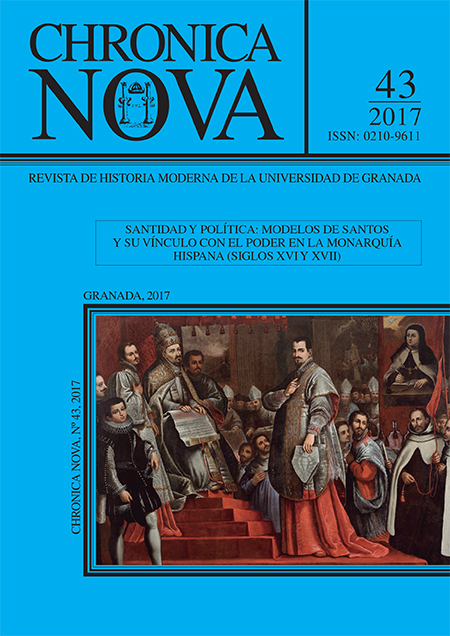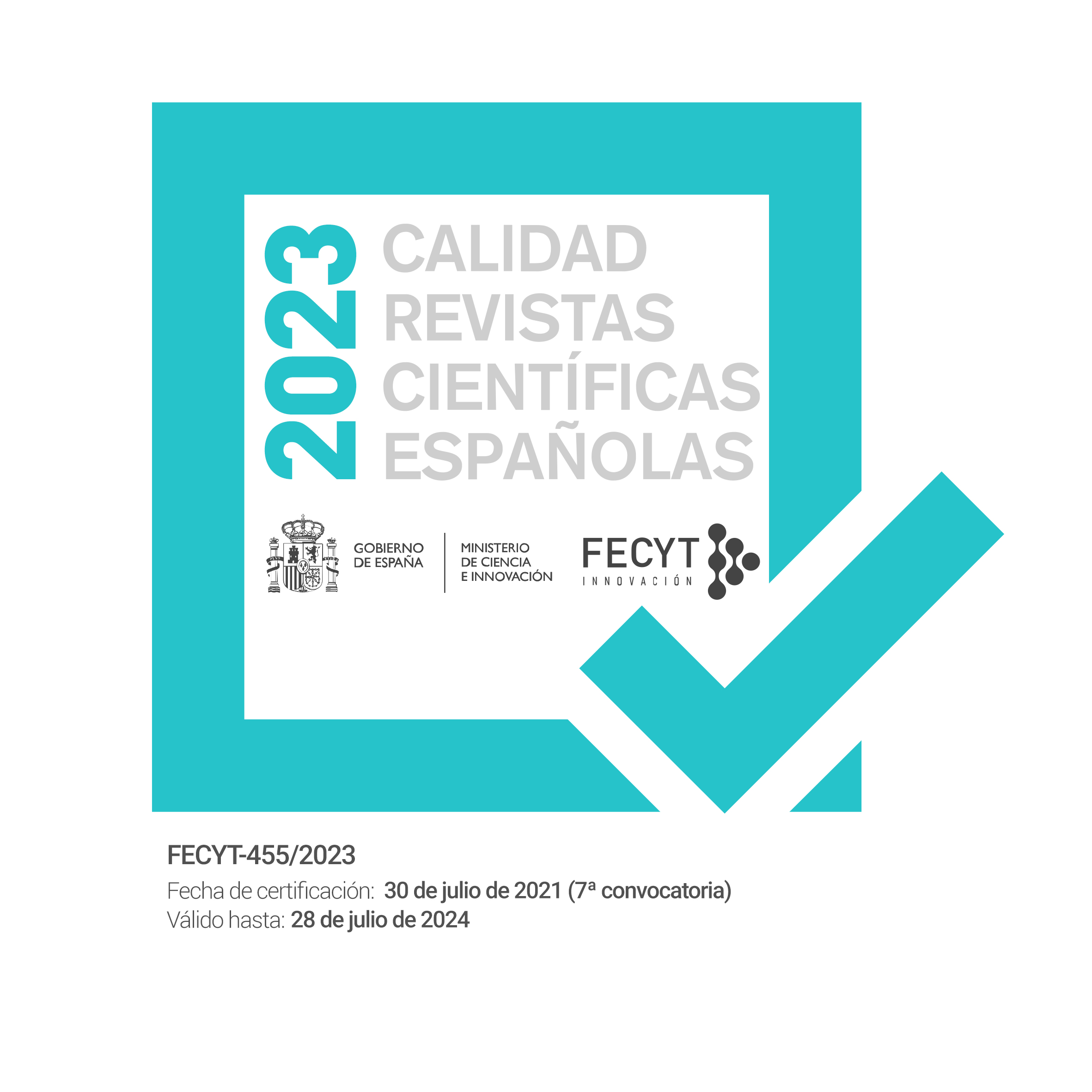Elevating Thomas of Vilanova (1486-1555) to Sainthood. From the Process to the Model of Sanctity
DOI:
https://doi.org/10.30827/cn.v0i43.5699Keywords:
Sanctity, Process of Canonization, saint Thomas of Vilanova, Spanish Crown, Philip IV, Valencia, Buenaventura Fúster de Ribera, TriumphAbstract
Less known than saint Teresa of Avila or saint Ignatius of Loyola, the study of saint Thomas of Villanova’s sanctification is a way to approach the link between sanctity and politics in the seventeenth-century. The canonization of this Augustine of the sixteenth-century, archbishop of Valencia at the end of his life, was proclaimed at Saint Peter of Rome on 1658, Nov. 1st. The Spanish Crown, under Philip III (1598-1621) and Philip IV (1621-1665), was a major actor of the construction of his sanctity. We will study the different steps followed by the definition of saint Thomas as a model of alms-giving saint, from 1618, date of his beatification, to 1658. For that, we will use an unprecedented documentation, especially the correspondence between the requesters (the town and the reign of Valencia, the order of Saint Augustine) and the King Philip IV, which is kept in the Archivo de la Corona de Aragón, as well as some paintings produced in the second half of the seventeenth-century. We will underline the part played by the General Procurator of the cause, the Augustinian Buenaventura Fúster de Ribera, who took over from Miguel Salón, first Procurator of the cause of beatification, and author of saint Thomas’ first hagiography. We will also study the link between the triumph of the Hispanic Monarchy at stake with this canonization and, just a year later, the enormous defeat that represented for the Spanish Crown the signature of the famous Peace of the Pyrenees with the French Monarchy in Nov. 1659.
Downloads
Downloads
Published
How to Cite
Issue
Section
License
Nuestra revista se atiene a las recomendaciones para la implementación del Artículo 37 Difusión en Acceso Abierto de la Ley de la Ciencia, la Tecnología y la Innovación:
- Los/as autores/as cuyas contribuciones sean aceptadas para su publicación en esta revista conservarán el derecho no exclusivo de utilizar sus contribuciones con fines académicos, de investigación y educativos, incluyendo el auto-archivo o depósito de los artículos aceptados en repositorios institucionales o temáticos de acceso abierto de cualquier tipo en un plazo máximo de seis meses.
- Preferiblemente se permitirá el uso de la versión publicada de las contribuciones científicas, que estarán accesibles en abierto tan pronto como sea posible.
-
Que en caso de que el trabajo sea aprobado para su publicación, el/la autor/a autoriza de manera ilimitada en el tiempo a la entidad editora para que incluya dicho texto en Chronica Nova y pueda reproducirlo, editarlo, distribuirlo, exhibirlo y comunicarlo en el país y en el extranjero por medios impresos, electrónicos, CD, Internet o cualquier otro medio conocido o por conocer.






 ISSN-e: 2445-1908
ISSN-e: 2445-1908










